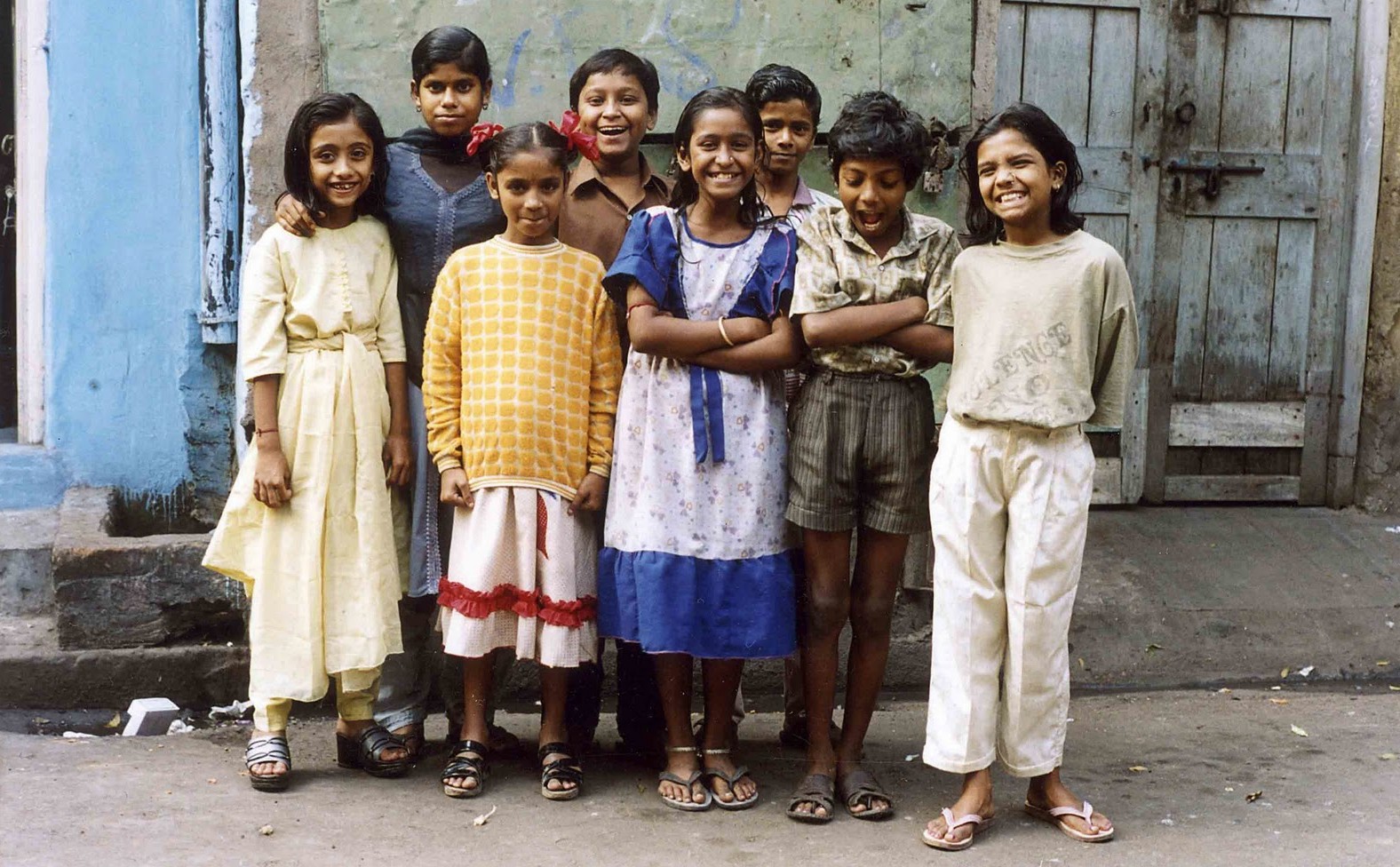This review was originally published at Seattle Pacific University’s Response.
•
Among general moviegoing audiences, documentaries have had a reputation as “boring,” “methodical,” and worse, “educational.” That’s the impression I’ve had, anyway, from moviegoer responses when I’ve been excited enough about a standout documentary to recommend it. I’m hoping to make a few skeptics think twice about this one: Thanks to the ingenuity and vision of filmmakers Zana Briski and Ross Kauffman, Born Into Brothels is a lively, suspenseful, even joyous experience.
Not many movies can plausibly suggest they will “change your life,” but Brothels might do just that. As bright as a box of new crayons, and just as full of creative potential, the children in Brothels give us vibrant pictures of hope in the midst of oppression. This movie joins a surge of recent works that are winning reality-cinema an enthusiastic new audience through creativity and innovation.
Here’s a scene: We’re in the Red Light district of Calcutta. Our vantage point is a documentarian’s camera in a filthy building where prostitutes live and work, sacrificing their bodies for money so they can feed their mothers (retired prostitutes) and their children (prostitutes-in-training). The kids cower in the corners and watch, wide-eyed, as this cruel cultural cycle plays out before them. Men, poisoned by drugs and alcohol, lurk in the streets like zombies. Women in vibrant clothing preen and strut and compete for their attention. In the middle of this, a prostitute pauses to wash her son’s hair, and becomes entangled in a vocal, expletive-laced debate with another woman over which of them is more depraved and wicked. Momentary concern flickers in the children’s eyes, but they don’t run or cry. They’ve seen this before.
It’s difficult to believe that this is what a whole community considers “normal.”
In Born Into Brothels, which won Best Documentary Feature in the 2005 Academy Awards, Briski and Kauffman guide us, like Virgil educating the horrified Dante, down into an abyss of poverty, exploitation, and abuse. Briski went to Calcutta to photograph the harsh realities suffered by the women there: female infanticide, sexual abuse, child marriage, dowry deaths, widowhood. But after spending years with the children of the brothels, she realized, “I wanted to do something for them.” She put down her own camera, gave point-and-shoot cameras to the kids, and began a weekly workshop.
We watch as remarkable things begin to take place. Turned loose with their cameras, on the streets or behind closed doors, the children grow in confidence, creativity, and personality, expressing themselves with dazzling, revelatory images. Some prove to have extraordinary talents. We’re treated to an exhibition: zoo animals, friends playing on the beach, tormented addicts, unexpected details on the floors and the streets, blurred activity captured through car windows, secrets and wounds and fleeting joys reflected in the faces of other children.
Brothels documents Briski’s and Kauffman’s increasing passion as they seek escape routes for their students. They appeal to boarding schools that usually reject the children of criminals. They fight for birth certificates and ration cards. They nervously await the results of boys’ and girls’ HIV tests.
The film’s subject matter may incline viewers to steer clear of it, assuming that it’s an unpleasant way to spend two hours. But the overall effect of the film is spectacularly surprising: Seeing the world through the lenses of young eyes, we are blessed by how they see. Moreover, Briski and Kauffman take us above and beyond the standard lecture about need and hope. The idea is this: When you actually encounter these children face to face, spend time with them, learn their names and their voices, see them laughing, and discover their creative potential, your perspective will be changed. When you see two Westerners walk in and make a tremendous difference to one, two, three, and more children, you may feel a tug at your conscience. And when you learn, in the closing moments, where these children are today, your heart may well break open.
There are several other recent documentaries of similar value as well. Mirroring Briski’s social conscience, a drama teacher named Catherine Borek strives to ignite ambition and courage in a group of apathetic, cynical students in OT: Our Town, available on DVD. Filmmaker Scott Hamilton gives us a chronicle of high school students in Compton, California, as they attempt to mount their first live theatre production in 20 years — a contemporary take on Thornton Wilder’s Our Town. Borek’s dedication to inspire creative discovery and racial reconciliation in a community where gunshots and race riots are daily realities is a testament to the power of art, “tough love,” and courageous teachers.
Want to check out other recent documentaries that prove they can be just as compelling as blockbusters, if not more so? Seek out Bus 174, Super Size Me, The Story of the Weeping Camel, Hoop Dreams, The Fog of War, and — perhaps the most powerful and extraordinary of all — an overlooked heartbreaker about children in foster care simply titled Stevie.
Born Into Brothels is making its way through theatres around the country. It has played in Seattle since January and arrives on DVD this summer.
